Discovering the flavors of indigenous fruits can add a unique twist to your cooking and connect you with local traditions. These fruits, native to various regions around the world, offer distinctive tastes and nutritional benefits. In this article, we’ll explore a selection of indigenous fruits and share creative ways to incorporate them into your dishes, bringing a fresh and authentic touch to your culinary creations.
Açaí
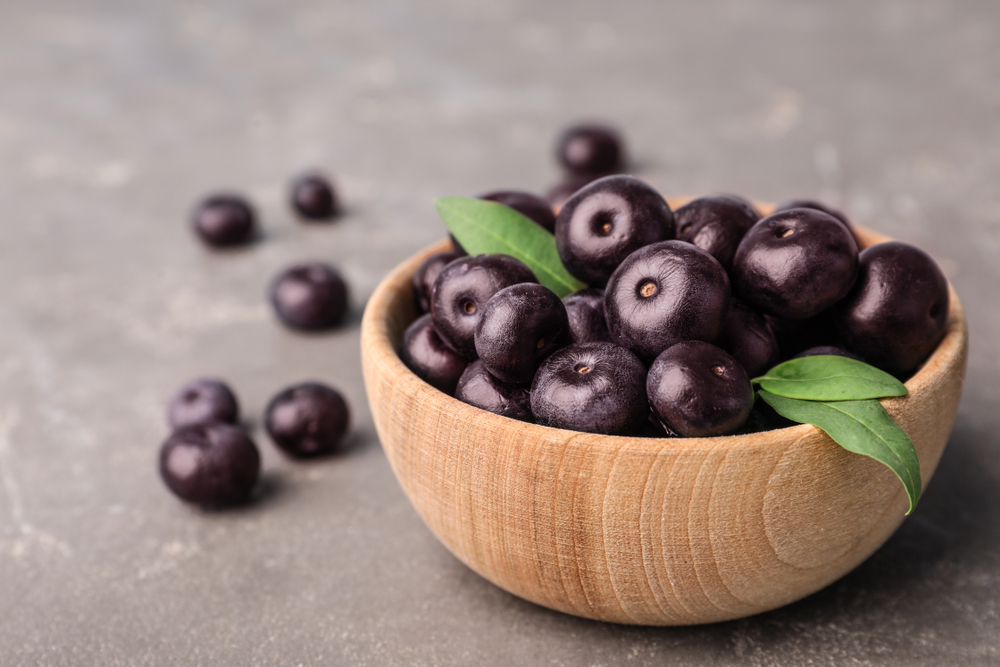
Native to the Amazon rainforest, açaí berries are small, dark purple fruits packed with antioxidants. Traditionally used by indigenous tribes in Brazil, açaí pulp is commonly blended into smoothies, bowls, and desserts. The berries have a rich, earthy flavor with notes of chocolate and berries, making them perfect for sweet and savory dishes alike. Açaí can also be used in sauces and dressings to add depth and a nutrient boost.
Mangosteen
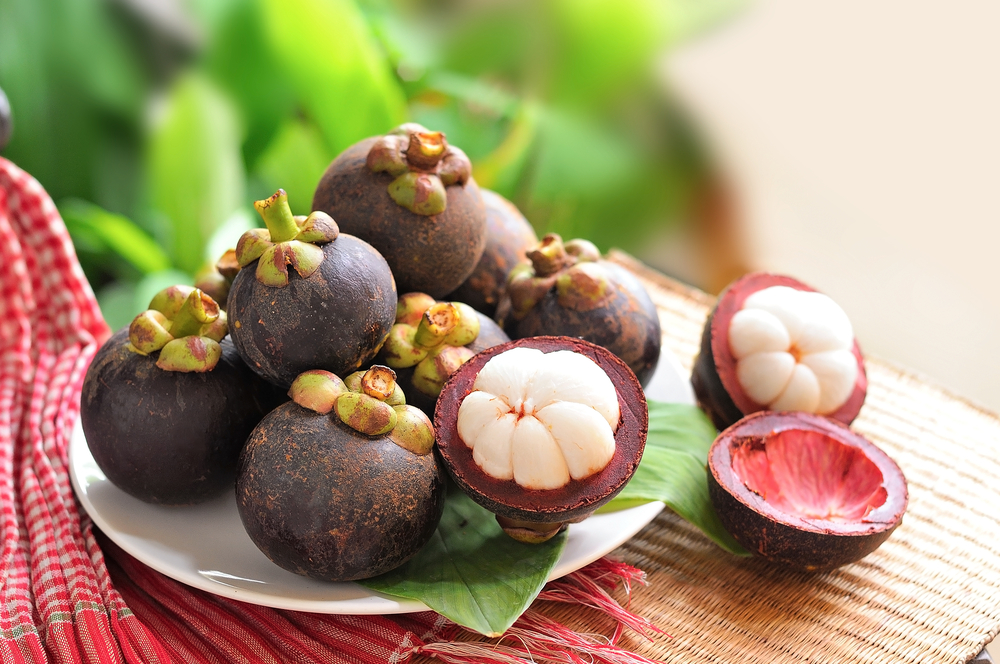
Known as the “queen of fruits,” mangosteen is native to Southeast Asia and prized for its sweet, tangy flavor and juicy texture. Its thick rind encases delicate, white segments that can be eaten fresh or used in salads, desserts, and drinks. Mangosteen pairs well with tropical flavors and can be incorporated into sorbets, compotes, and even savory dishes like fish or chicken to add a unique sweetness.
Bacaba
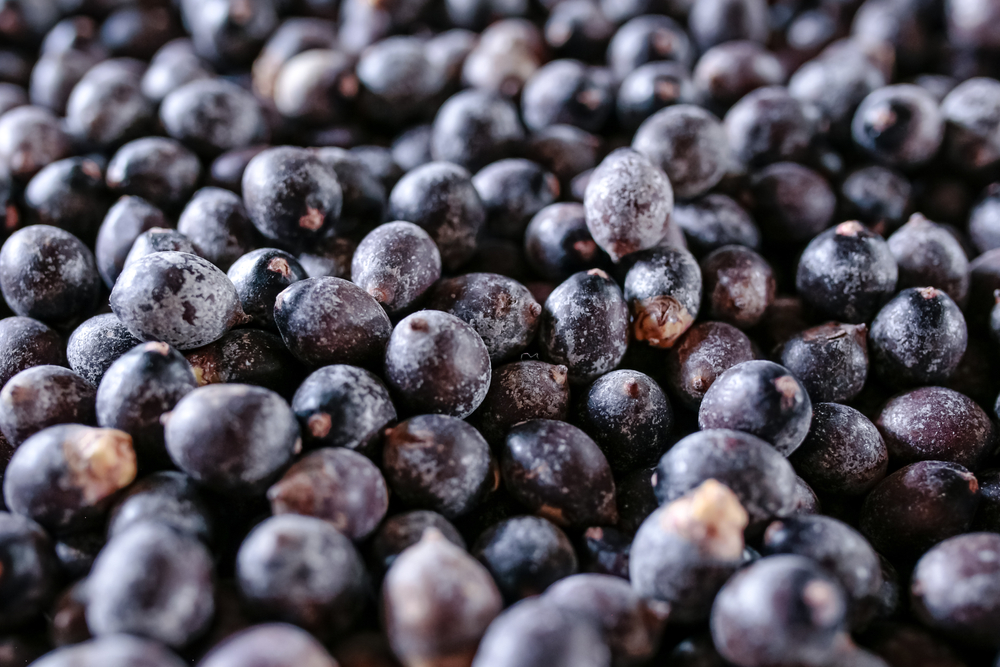
Another Amazonian treasure, bacaba fruit is used by indigenous communities in Brazil to make a creamy beverage similar to açaí. The fruit’s pulp is rich and slightly nutty, often blended with water and sugar to create a refreshing drink. Bacaba can also be used in ice creams, sauces, and baked goods to introduce its unique flavor and creamy texture.
Lucuma
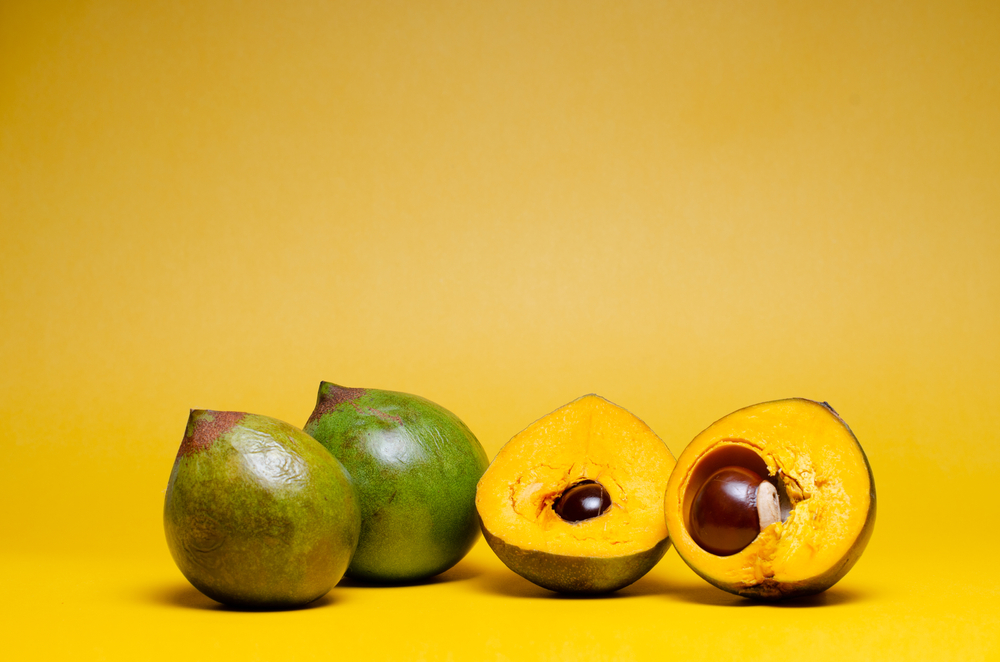
Lucuma, native to the Andean valleys of Peru, has a naturally sweet, maple-like flavor. It is often used in desserts like ice cream, cakes, and smoothies. This nutrient-dense fruit is also a great natural sweetener for various recipes, adding a creamy texture and a hint of caramel-like sweetness to dishes.
Rambutan
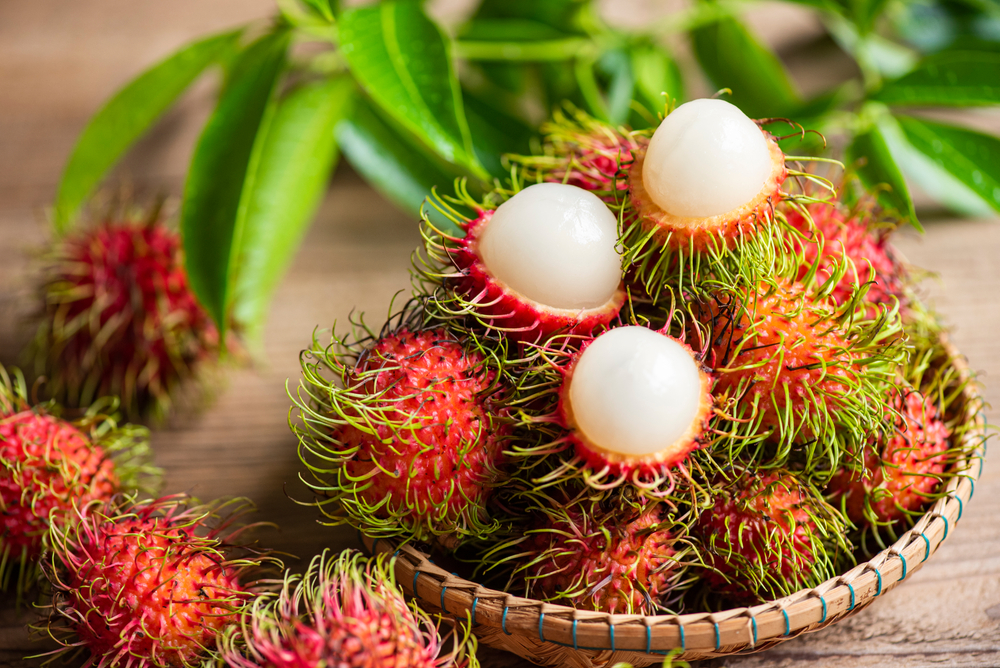
Rambutan, with its hairy exterior and sweet, juicy flesh, is a popular fruit in Malaysia and other parts of Southeast Asia. It is often eaten fresh but can also be used in salads, desserts, and drinks. Rambutan’s mild sweetness and slight tartness make it a versatile ingredient for fruit salads, jams, and syrups.
Quince

Quince has been cultivated in the Middle East for centuries and is known for its fragrant aroma and tart flavor. Often used in jams, jellies, and desserts, quince can also be poached or baked to bring out its natural sweetness. Its firm texture makes it ideal for slow-cooked dishes, adding a unique flavor to meat stews and tagines.
Camu Camu

Camu camu, a small, sour fruit from the Amazon rainforest, is known for its exceptionally high vitamin C content. Indigenous people traditionally use it to make juices and medicinal concoctions. In modern cooking, camu camu powder can be added to smoothies, desserts, and sauces to impart a tangy flavor and a nutritional boost.
Tamarillo
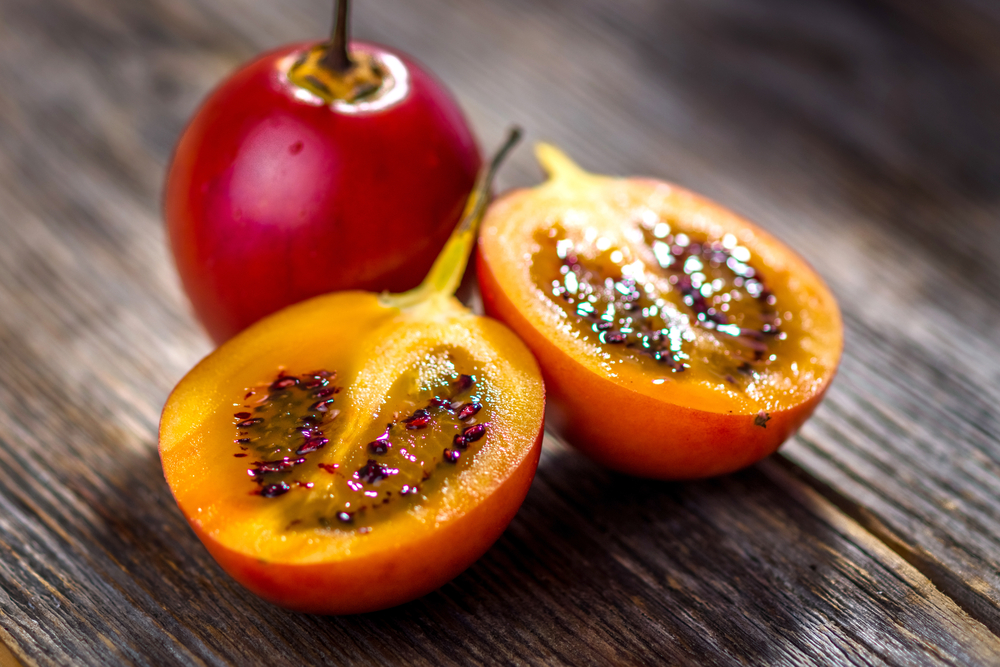
Also known as the tree tomato, tamarillo is native to the Andes of South America. Its tart, slightly sweet flesh is used in salsas, sauces, and desserts. Tamarillo can be eaten fresh or cooked, often paired with savory ingredients like meats and cheeses, or used in chutneys and relishes for a flavorful kick.
Soursop
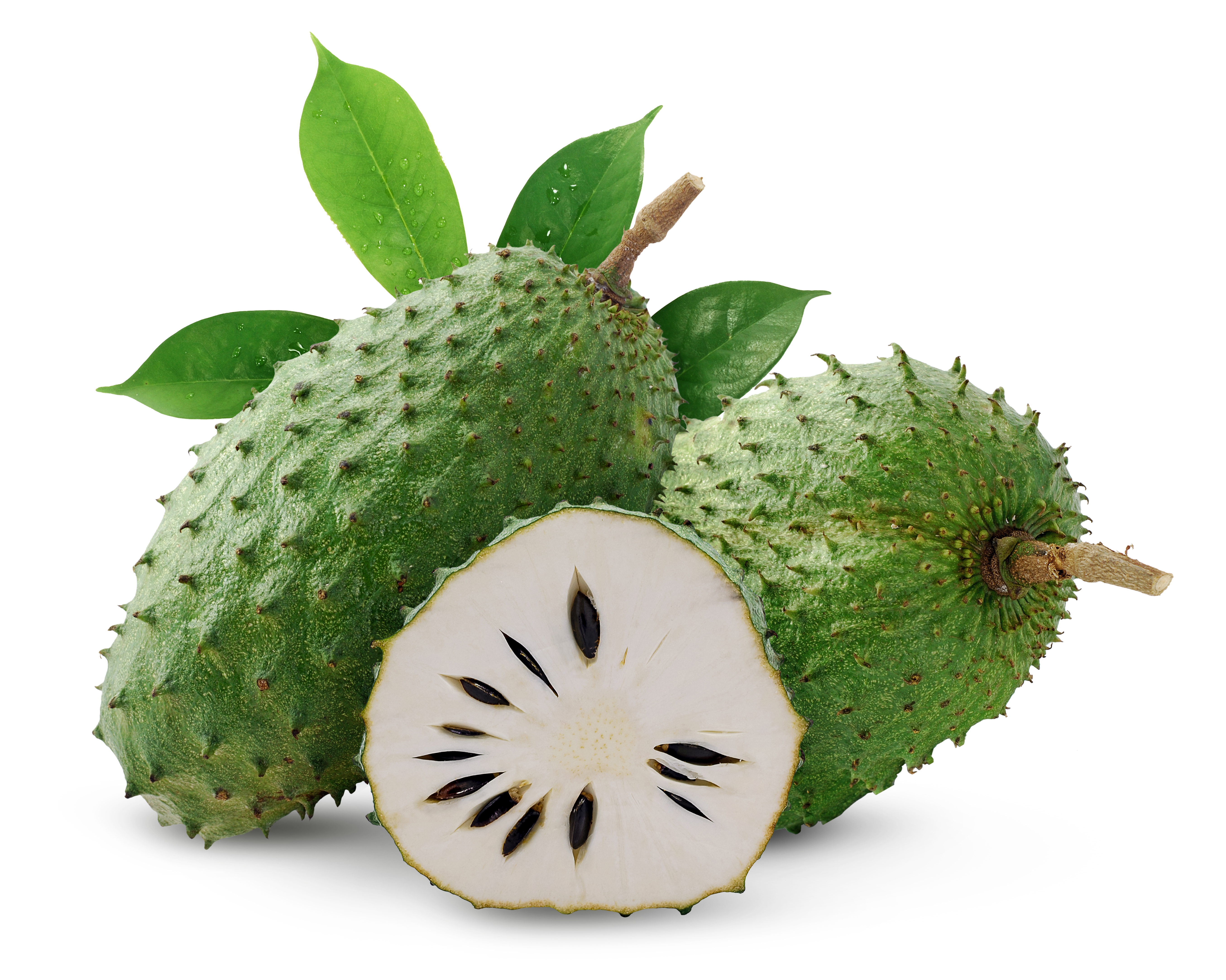
Soursop, native to the Caribbean, has a creamy, custard-like texture and a sweet-tart flavor reminiscent of pineapple and strawberry. It is commonly used in beverages, ice creams, and desserts. The fruit’s unique taste makes it perfect for smoothies, sorbets, and even savory dishes like soursop curry.
Hog Plum

Hog plum, or yellow mombin, is a small, tangy fruit indigenous to West Africa. It is often used in traditional dishes and beverages, providing a tart, citrusy flavor. The fruit can be eaten fresh, made into jams and jellies, or used in savory sauces and stews to add a bright, acidic note.
Marula
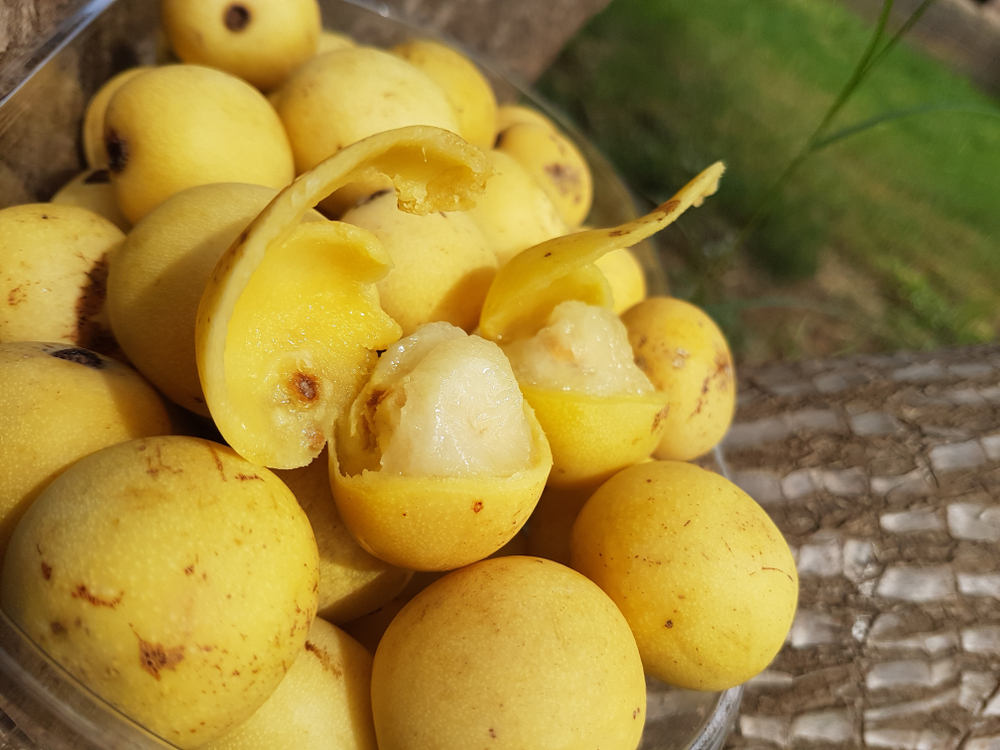
Marula fruit, native to Southern Africa, is known for its sweet, aromatic flavor and high vitamin C content. Traditionally used to make beverages, including the famous Amarula liqueur, marula can also be incorporated into jams, jellies, and desserts. Its rich flavor pairs well with chocolate and cream-based dishes.
Jabuticaba
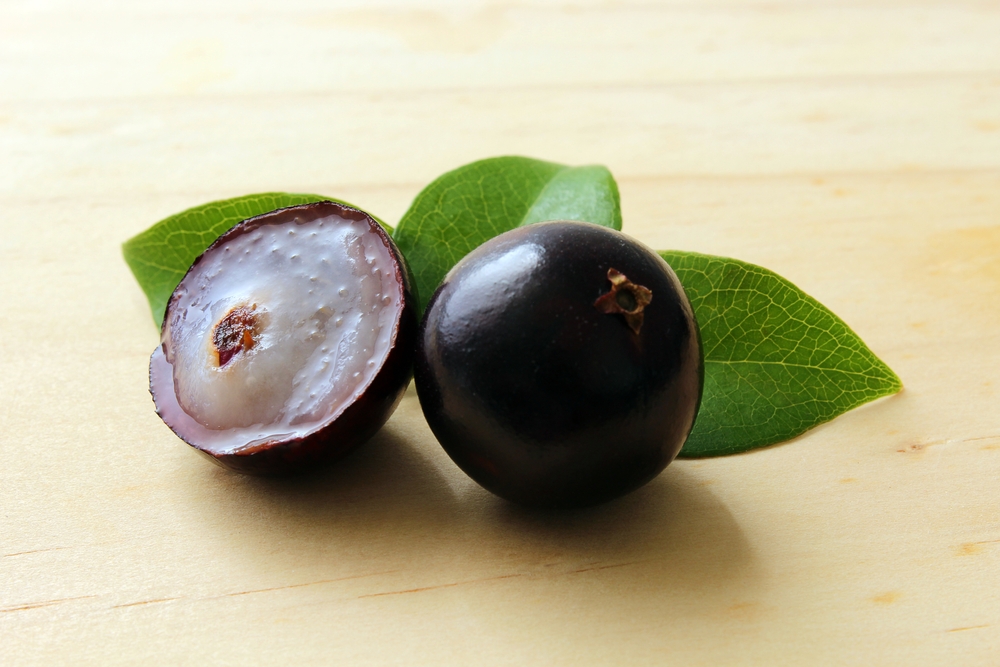
Jabuticaba, a grape-like fruit that grows directly on the trunk of the tree, is native to Brazil. Its sweet, tart flavor is enjoyed fresh or used in jellies, wines, and liqueurs. Jabuticaba can also be used in desserts like cakes and pastries, adding a unique flavor and vibrant color.
Feijoa
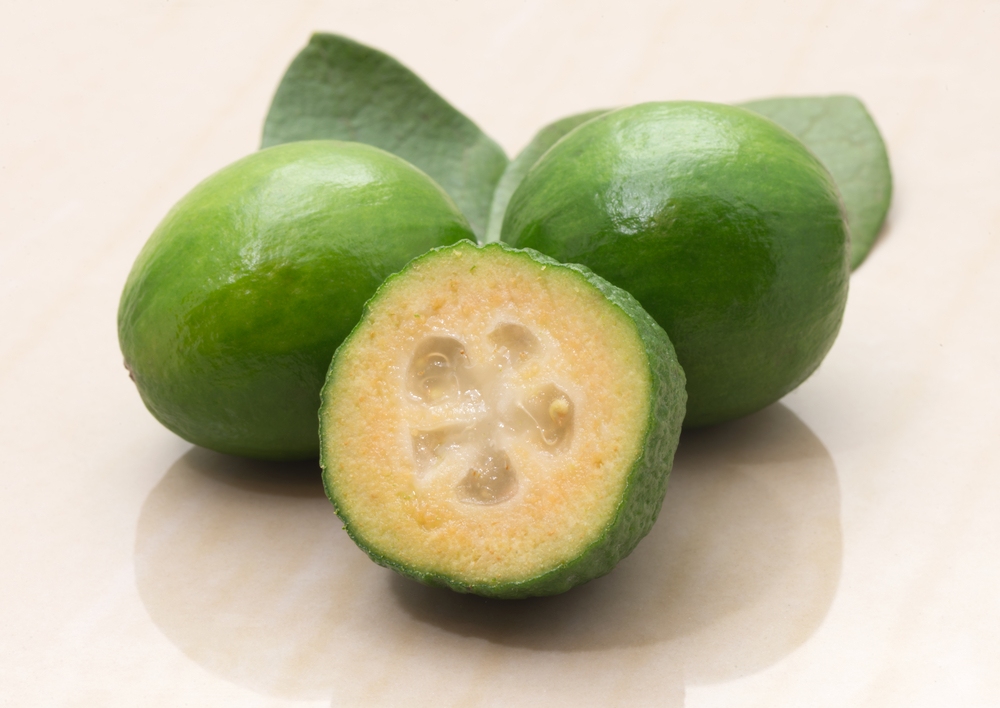
Feijoa, also known as pineapple guava, is native to the highlands of Brazil and is widely cultivated in New Zealand. Its sweet, aromatic flavor makes it perfect for jams, jellies, and desserts. Feijoa can be eaten fresh or used in baked goods, smoothies, and sauces to add a tropical touch.
Cupuacu
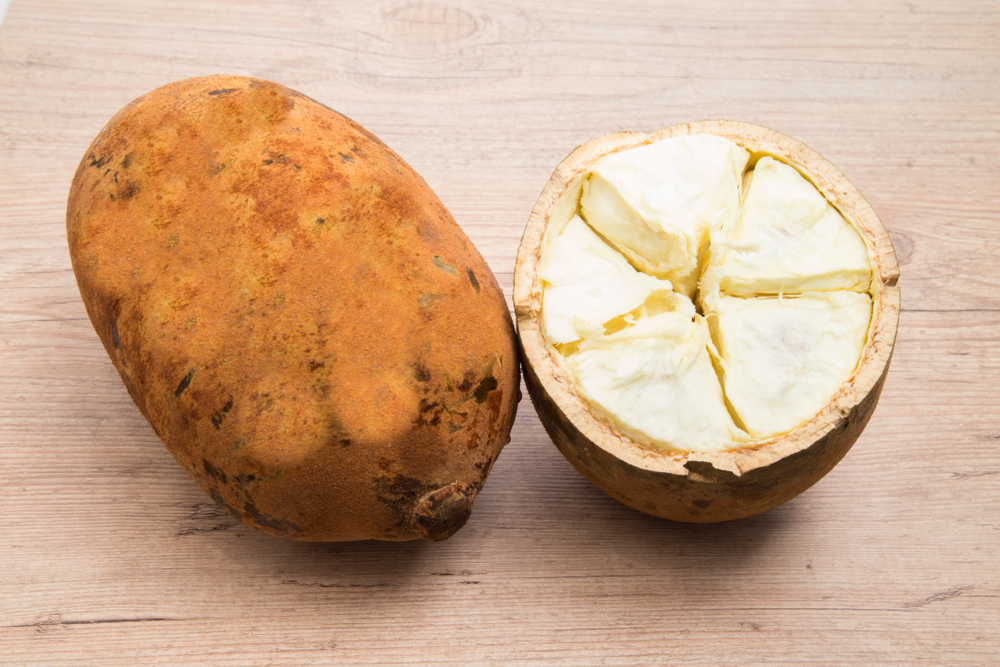
Cupuacu, a cousin of cacao, is native to the Amazon rainforest and has a rich, creamy pulp with a flavor profile that combines chocolate and pineapple. It is often used in desserts, smoothies, and ice creams. Cupuacu butter is also popular in confections and cosmetics for its moisturizing properties.
Cactus Pear
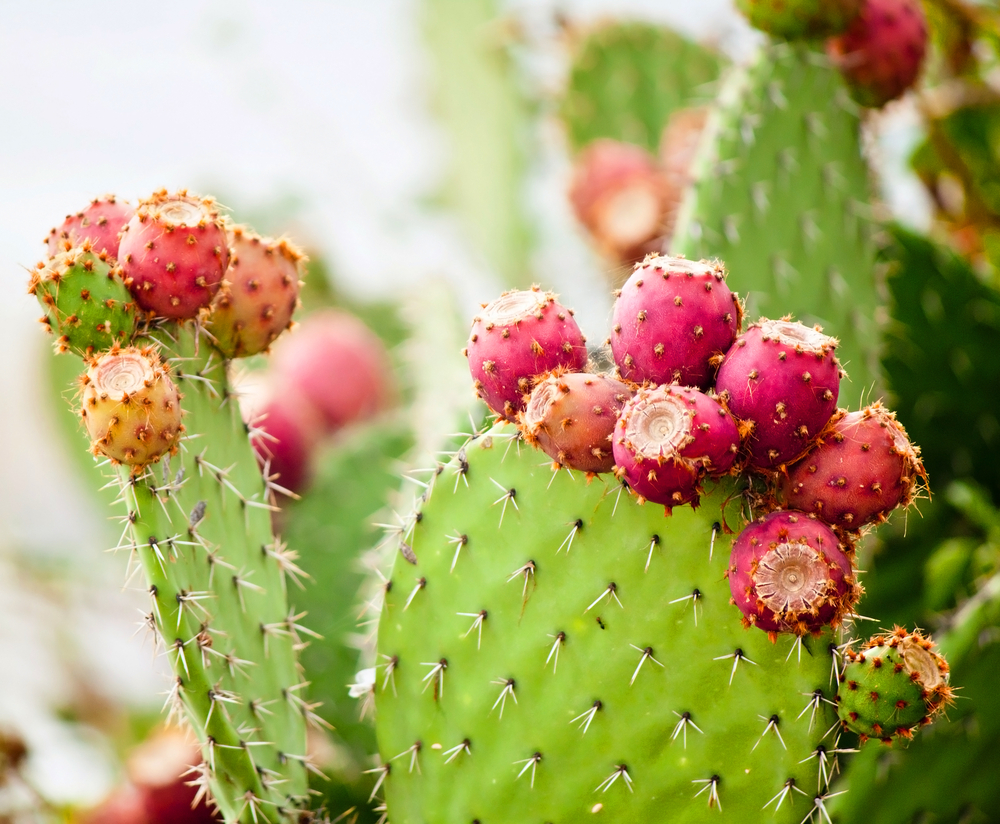
Cactus pear, or prickly pear, is a fruit from the nopal cactus, native to Mexico. Its sweet, watermelon-like flavor and vibrant color make it ideal for jellies, syrups, and beverages. Cactus pear can also be used in salads, salsas, and desserts to add a unique flavor and visual appeal.
Baobab
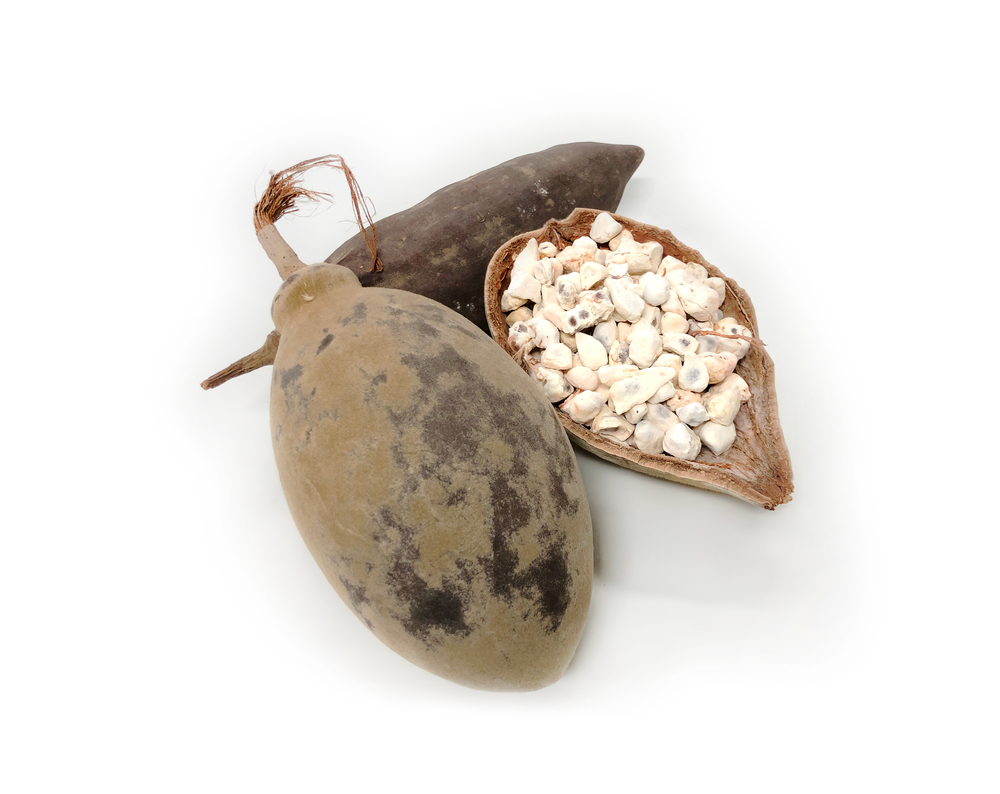
Baobab fruit, from the iconic baobab tree in Africa, has a tangy, citrus-like flavor and is rich in nutrients. Its pulp can be used in smoothies, sauces, and baked goods to add a tart flavor and nutritional boost. Baobab powder is also popular for its health benefits and can be added to drinks and snacks.
Mamey Sapote
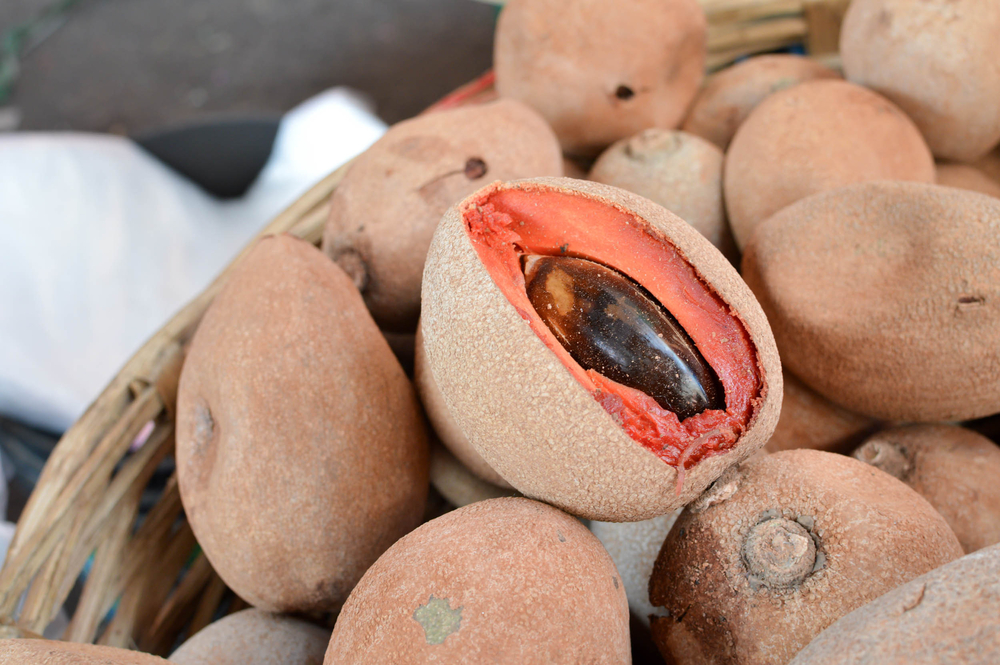
Mamey sapote, native to Central America, has a sweet, creamy flesh with a flavor reminiscent of apricots and sweet potatoes. It is commonly used in milkshakes, ice creams, and desserts. The fruit can also be enjoyed fresh or added to baked goods for its unique flavor and creamy texture.
Ackee
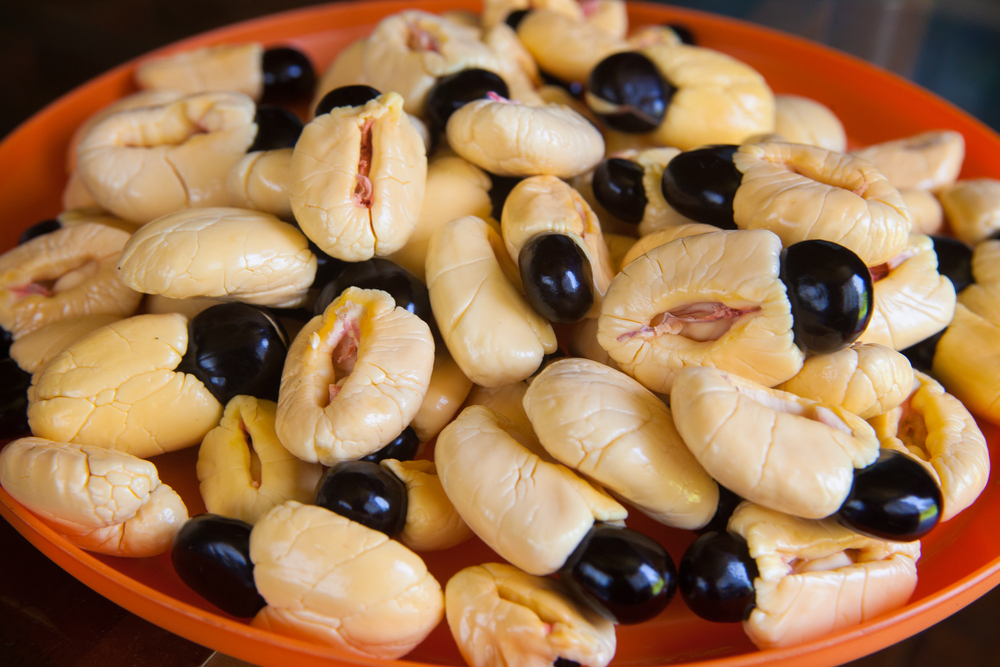
Ackee, native to West Africa but widely used in Jamaican cuisine, is known for its creamy, nutty flavor. It is the key ingredient in the national dish, ackee and saltfish. Ackee can also be used in soups, stews, and salads, adding a rich texture and subtle flavor to various dishes.
Pawpaw
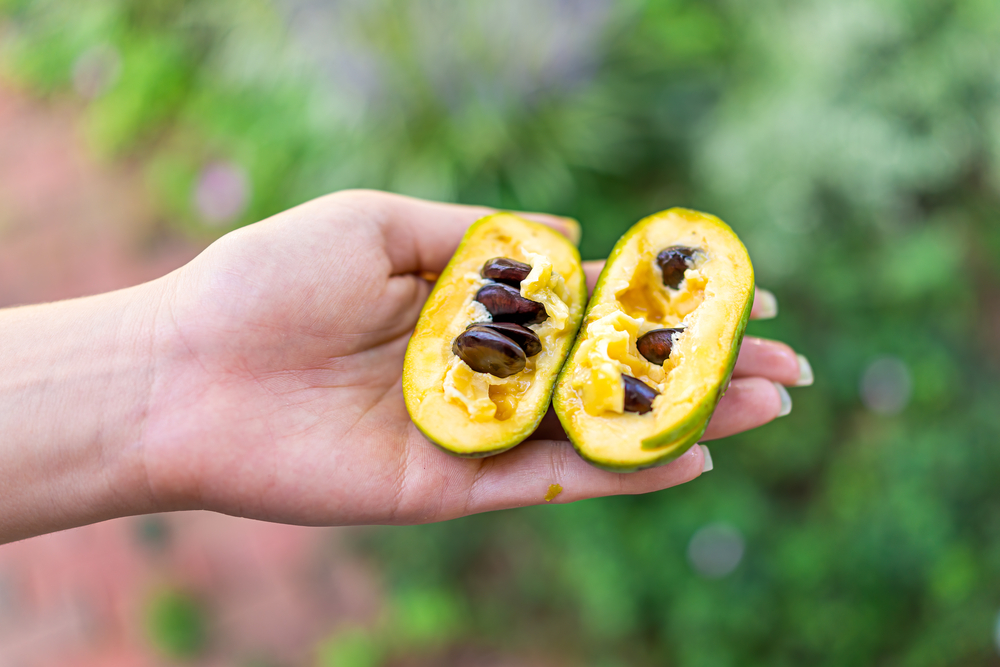
Pawpaw, native to the eastern United States, has a custard-like texture and a flavor that combines banana, mango, and melon. It can be eaten fresh or used in desserts like pies, puddings, and ice creams. Pawpaw can also be incorporated into baked goods and smoothies for its unique taste and creamy consistency.
Salak
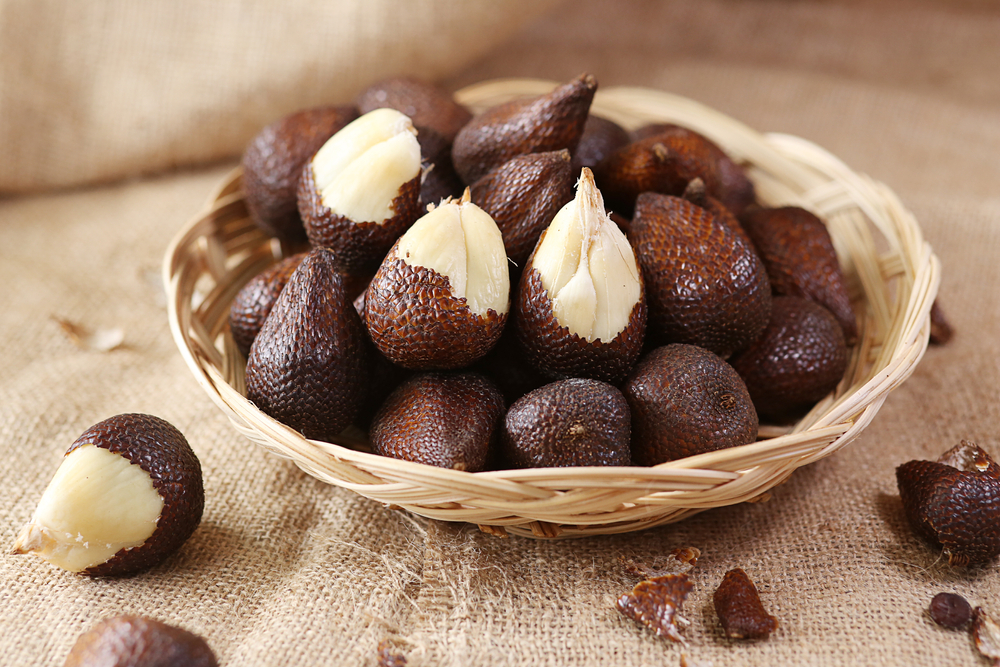
Salak, commonly known as snake fruit, is a tropical fruit native to Indonesia, particularly found in the regions of Java and Sumatra. Its name comes from the reddish-brown scaly skin that resembles snake scales. The fruit has a unique taste, combining sweetness with a hint of tanginess, and is often described as a blend of apple and pineapple flavors. Salak is commonly consumed fresh, but it can also be used in various culinary applications such as salads, desserts, and preserves.
Using indigenous fruits in your cooking not only boosts flavors but also connects you to their rich heritage and diversity. Experimenting with these fruits can bring new tastes and excitement to your meals. So, next time you’re in the kitchen, try an indigenous fruit and let its natural goodness inspire you.
This article originally appeared on UnifyCosmos.
More from UnifyCosmos
23 Common Foods You Can`t Grow at Home

While gardening can be a delightful hobby and a sustainable way to source fresh produce, there are surprising legal restrictions on what you can grow in your own backyard. This article explores a variety of common foods that, surprisingly, are illegal to cultivate at home in some parts of the world. Read More
20 CEOs Who Climbed the Ladder from the Shop Floor

From the humble beginnings on the shop floor to the pinnacle of corporate leadership, the journey of a CEO is often marked by extraordinary dedication and insightful experience. This article explores the inspiring stories of CEOs who began their careers amidst the day-to-day operations of manufacturing, learning the nuts and bolts of the business from the ground up. Read More
23 Incredible Animal Facts That Aren`t Taught in Class
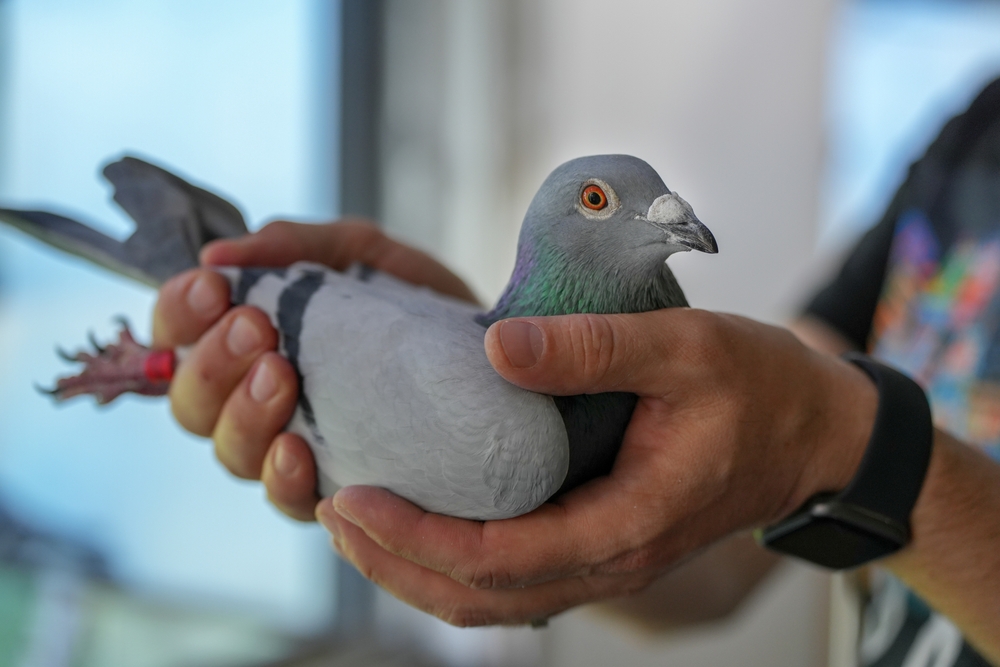
Did you know that some birds can sleep while flying, or that a shrimp’s heart is located in its head? Prepare to be amazed as we delve into the fascinating and often unbelievable world of animals, uncovering incredible facts that were never taught in school. Read More
Leave a Reply